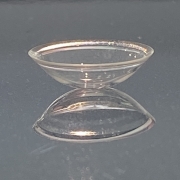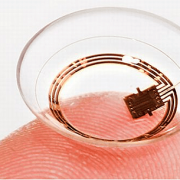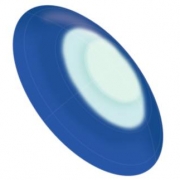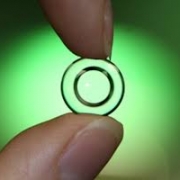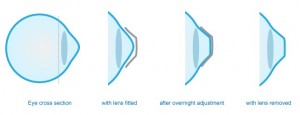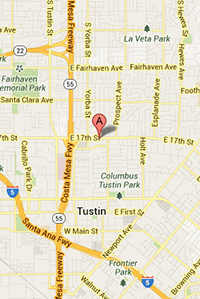Scleral Contact Lenses: Are They For You?
Scleral contact lenses are large, gas permeable lenses that rest on the white part of the eye known as the sclera. This differs from soft contact lenses which we fit to the cornea, the dome-shaped front of the eye. This unique design allows the lens to functionally replace the irregular cornea with a smooth optical surface to correct vision problems such as keratoconus (thinning and conical protrusion of the cornea) and other corneal irregularities. The space between the cornea and the back surface of the scleral lens acts as a liquid reservoir. This reservoir is filled with tears and provides comfort by lubricating the surface of the cornea to reduce dry eyes.
Practically a scleral lens is a prosthetic cornea that recreates a perfect optical surface and makes vision a whole lot better. Let’s look at the following images that show what these menses look like:
Scleral contact lenses are custom-made for patients and can provide better comfort and vision for those who have severe forms of:
• Keratoconus
• Ocular surface diseases (Sjogren’s, Steven’s Johnson Syndrome)
• Irregular astigmatism
• Highly irregular corneal transplants
• Post-refractive surgery complications (LASIK, PRK)
• Dry eye
Previously, scleral lenses have been reserved for only complex corneal and contact lens cases but are now gaining popularity and are being used for normal patients. Its distinct design provides increased comfort and stability on the eye leading to consistent vision, reduced glare and reduced dryness. Patients that have experienced poor comfort or vision with regular contacts may be good candidates for scleral lenses.
Sources:

